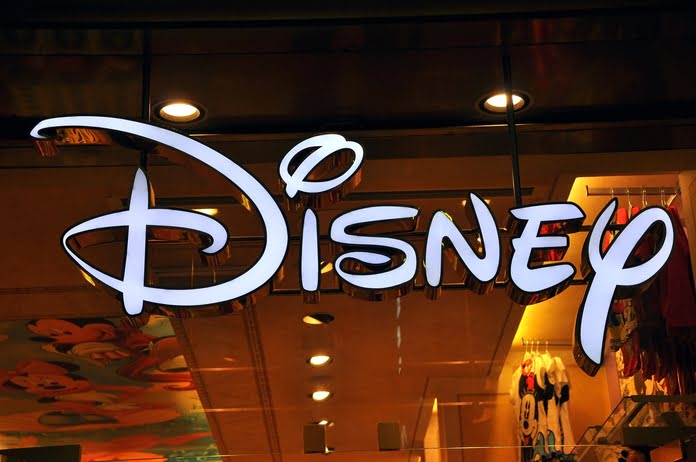Disney (NYSE:DIS) has announced ambitious plans to ramp up investment in its Parks, Experiences, and Products segment, which contributed 37.3% of total revenues in the third quarter of fiscal 2023. Over the next decade, the entertainment giant aims to double its capital expenditure to nearly $60 billion.Wl
However, this bold strategy has had a less than favorable impact on Disney’s stock, with shares sliding by 3.62% to close at $81.94 on September 19. Disney’s stock performance has been somewhat lackluster this year, having declined by 5.7%, notably underperforming the Consumer Discretionary sector’s return of 7.2%.
Higher Spending Aims to Revitalize Disney’s Theme Parks
Disney’s spending spree is primarily focused on expanding and enhancing its domestic and international theme parks and cruise line capacities. The recovery of the Parks, Experiences, and Products segment has played a pivotal role in driving top-line growth, with segment revenues surging by 12.6% year over year to reach $8.33 billion in the fiscal third quarter.
Among the upcoming attractions are new Frozen-themed lands at Hong Kong Disneyland, Walt Disney Studios Park in Paris, and Tokyo Disney Resort. Additionally, there are plans for a Zootopia-themed land at Shanghai Disney Resort.
Disney recently unveiled these exciting updates at the Destination D23 event, where it also announced the introduction of a Pirates of the Caribbean-themed lounge in Adventureland at Magic Kingdom Park in Florida, along with a brand-new world-jumping vehicle coming to the Avengers Campus. Moreover, Disney’s imagineers are working on reimagining EPCOT’s Test Track and Dinoland U.S.A. at Disney’s Animal Kingdom.
Disney’s forward-looking approach includes exploring themes like Wakanda and The World of Coco, capitalizing on over 1,000 acres of land that Disney Parks has earmarked for potential future theme park developments. Furthermore, the company’s cruise line is set to extend its reach to Australia and New Zealand for the first time later this year.
In the next couple of years, Disney plans to double its worldwide cruise line capacity, with the addition of two ships in fiscal 2025 and another in 2026. The company is also introducing Singapore as a new homeport starting in 2025, thereby expanding its presence in the Asia-Pacific region.
Disney’s Competitive Challenges
Despite these ambitious plans, Disney’s shares have lagged behind its closest peers, including Netflix (NASDAQ:NFLX), Amazon (NASDAQ:AMZN), and Comcast (NASDAQ:CMCSA). During this period, shares of Netflix, Amazon, and Comcast have posted returns of 34.4%, 63.8%, and 30.8%, respectively.
One notable source of competition is Comcast, which has made strides in the theme park business, posing challenges to Disney. Disney has also encountered hurdles in the streaming sector, particularly with Disney+, where it faces intensified competition from Netflix, Amazon Prime Video, and Comcast’s Peacock. Furthermore, the underwhelming theatrical performance of films like “Ant-Man and the Wasp: Quantumania” and “Elemental” has impacted growth.
Nevertheless, Disney remains committed to the growth potential of sports streaming, particularly with ESPN+. The renewal of the MLB sports rights deal through 2028 and an agreement with Spain’s La Liga have bolstered the company’s sports content portfolio. These initiatives are expected to drive international success for Disney despite the formidable competition from Netflix and Amazon.
In the current quarter, Disney estimates revenues ranging between $21.15 billion and $21.53 billion. The Consensus Estimate for the fourth quarter of fiscal 2023 stands at $21.34 billion, reflecting year-over-year growth of 5.89%. Although the consensus estimates for earnings dipped slightly in the past 30 days to 76 cents per share, Disney’s strategic investments in its theme parks and streaming platforms could potentially position it for robust future growth, despite the short-term market fluctuations.
Featured Image: Megapixl









